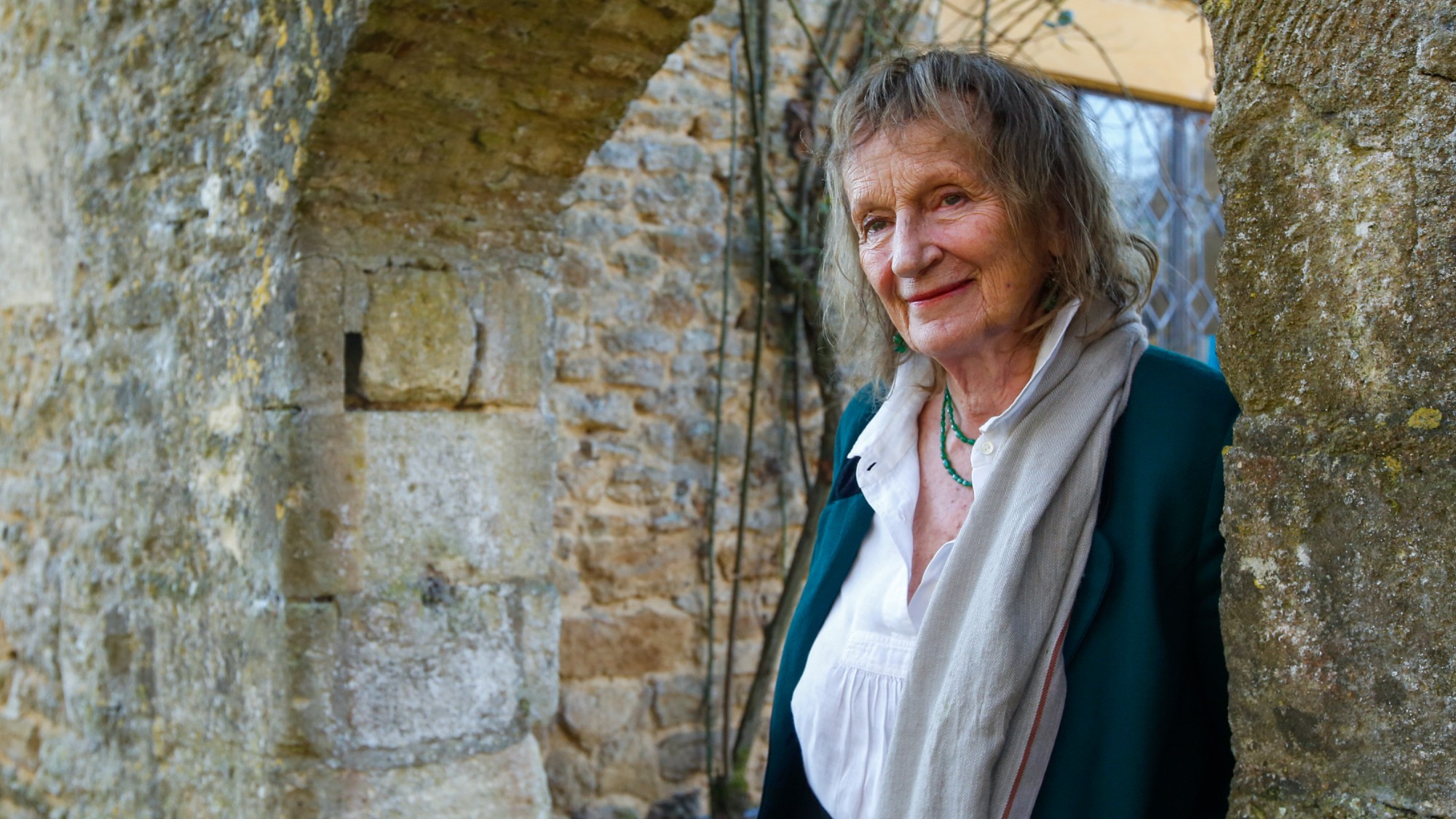William Pogue, 1930–2014
The astronaut who staged a strike in space
It should have been the adventure of a lifetime. In November 1973, William Pogue and two other astronauts docked at the U.S. space station Skylab, where they would spend the next 84 days—at the time, the longest spaceflight ever. Floating some 270 miles above Earth, the three men had a breathtaking view of the planet. But instead of sitting back and contemplating their place in the universe, “we were just hustling the whole day,” said Pogue. Every waking hour was spent collecting information or making repairs. The astronauts became so frustrated with the nonstop work that they set their tools down halfway through the mission and staged the first and only outer space strike. Ground control quickly eased the schedule, making the rest of the flight more relaxed and conducive, Pogue said, to “studying the sun, the earth, and ourselves.”
Born in Okemah, Okla., Pogue wanted to be a pilot from an early age and bought his first flying lesson when he was just 14 years old, said FloridaToday.com. He joined the Air Force after graduating from Oklahoma Baptist University and was soon flying fighter-bombers over Korea. In 1966 Pogue was selected as a NASA astronaut, and in 1973 he was appointed pilot for the third and final mission to Skylab. Five days after arriving at the space station, he embarked on a six-hour spacewalk, said the Tulsa World. “Looking back,” he said in 1985, “it almost seems like something that didn’t really happen to me.”
Back on Earth, Pogue jettisoned the heroic image attached to the first generation of astronauts “in favor of a more regular-guy model,” said The New York Times. He spoke openly of the dull realities of space travel, including the nausea and headaches that kicked in several hours after eating a meal—“the Skylab astronauts called it ‘space crud,’” he wrote in a children’s book titled How Do You Go to the Bathroom in Space?, which also answered that question in detail. Pogue worked as a consultant for aerospace firms, telling interviewers he was especially proud to have helped improve the design of spacecraft toilets, showers, and motion-sickness bags.
The Week
Escape your echo chamber. Get the facts behind the news, plus analysis from multiple perspectives.

Sign up for The Week's Free Newsletters
From our morning news briefing to a weekly Good News Newsletter, get the best of The Week delivered directly to your inbox.
From our morning news briefing to a weekly Good News Newsletter, get the best of The Week delivered directly to your inbox.
A free daily email with the biggest news stories of the day – and the best features from TheWeek.com
-
 How drones have detected a deadly threat to Arctic whales
How drones have detected a deadly threat to Arctic whalesUnder the radar Monitoring the sea in the air
-
 A running list of the US government figures Donald Trump has pardoned
A running list of the US government figures Donald Trump has pardonedin depth Clearing the slate for his favorite elected officials
-
 Ski town strikers fight rising cost of living
Ski town strikers fight rising cost of livingThe Explainer Telluride is the latest ski resort experiencing an instructor strike
-
 Amanda Feilding: the serious legacy of the 'Crackpot Countess'
Amanda Feilding: the serious legacy of the 'Crackpot Countess'In the Spotlight Nicknamed 'Lady Mindbender', eccentric aristocrat was a pioneer in the field of psychedelic research
-
Oscar Niemeyer, 1907–2012
feature The architect who designed Brazil’s space-age capital
-
Sally Ride, 1951–2012
feature The first American woman to go into space
-
Ray Bradbury, 1920–2012
feature The writer who spun science fiction into literature
-
Ernesto Sábato, 1911–2011
feature The writer who became Argentina’s conscience
-
Fred Morrison
feature The Space Age inventor who created the Frisbee
-
Qian Xuesen
feature The scientist who put China in space
-
Philip José Farmer
feature The science fiction author who created worlds of wonder